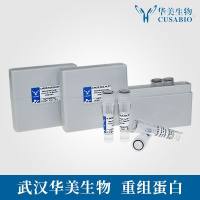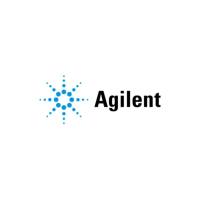Merging Photolithography and Robotic Protein Printing to Create Cellular Microarrays
互联网
440
Photolithographic patterning of proteins on surfaces has been used extensively in the past to define cell adhesion domains with micrometer-scale resolution. However, photolithographic patterning is not amenable to depositing several different proteins on the same surface. We propose to merge photolithography with robotic printing of proteins in order to create arrays of protein spots (∼300–500 μm diameters) with encoded micrometer-scale cell adhesive domains. This method for biointerface design can employ standard positive tone resist lithography to create temporary stencils for printing of protein arrays. Alternatively, nonfouling poly(ethylene glycol) hydrogels can be micropatterned on top of protein spots. In both cases, cells become adherent on the underlying protein domains, but on-the-spot distribution of cells is defined by the photolithographic pattern. The ability to define multiple cell–substrate and cell–cell interaction scenarios on the same surface is applicable to high-throughput screening of the microenvironment components required for cellular differentiation, for example, for guiding stem cells toward the desired tissue type.








